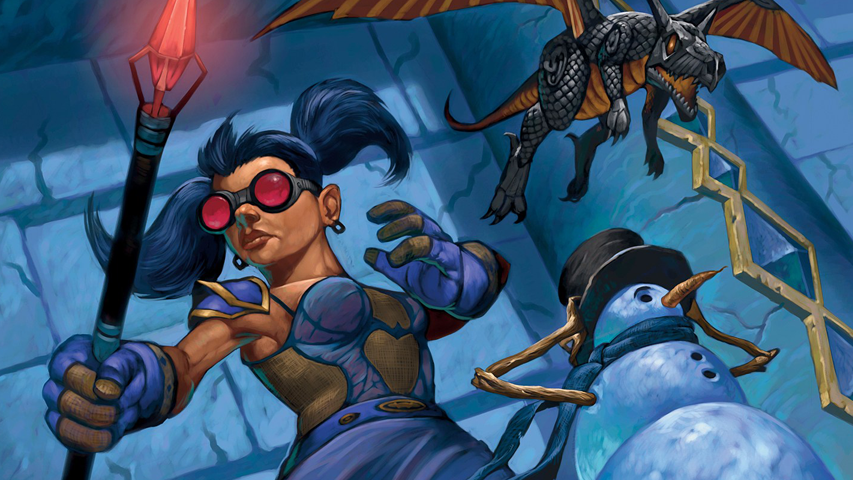Game Development Tips from Hearthstone Producer
At the ChinaJoy gaming exhibition currently taking place in China, Blizzard executive producer Hamilton Chu told what conclusions he came to during the development of Hearthstone: Heroes of Warcraft.
1. From the first steps of game development, it is necessary to create simple prototypes of the game. And again and again to return to them, trying, testing them, thereby already at this stage polishing the gameplay.
Every day, while working on the design of Hearthstone, the team created new maps. No one was waiting for these cards to be integrated into the game. It was enough to print them out and go play. This approach allowed the team to cut off bad decisions at an early stage and come up with good ideas.
The design alone took six to nine months. Throughout this time, the development team got together daily, took out printed cards and played.
At this stage, the introduction of new features, maps, and rules did not require much: it was enough to print new content on a printer.
After the gameplay was ready, the team created a Flash prototype. He helped to develop and test a user-friendly interface in a short time.
The third step in the development was the transfer of existing developments into the hands of programmers, who began to transfer it to the Unity base.
2. The game should not fall apart, it should be a kind of unified whole. To do this, you need to be sure that all team members are making the same game.
It is clear that not everyone reads the design document, so the task of the project leaders is to convey their vision of the game to everyone in a simple and clear way. It can be any key phrases, funny pictures, of course, communication. An important role is also played by the opportunity for everyone in the team to act as a designer, offering their ideas.
3. One of the key advantages of Blizzard games is the high depth of projects with low complexity, where the latter is a set of rules required for the player to understand in order to make decisions within the game. Accordingly, the fewer rules there are, the lower the entry threshold, which does not prevent you from building deep, complex mechanics at all. By the way, this partially removes the problem with boring training, which often raises the threshold for entering a project by itself.
4. Making a game in a genre already familiar to players, it is not necessary, in pursuit of originality, to turn everything upside down. The player will understand the project faster, working according to familiar, generally accepted rules.
A source: http://venturebeat.com
